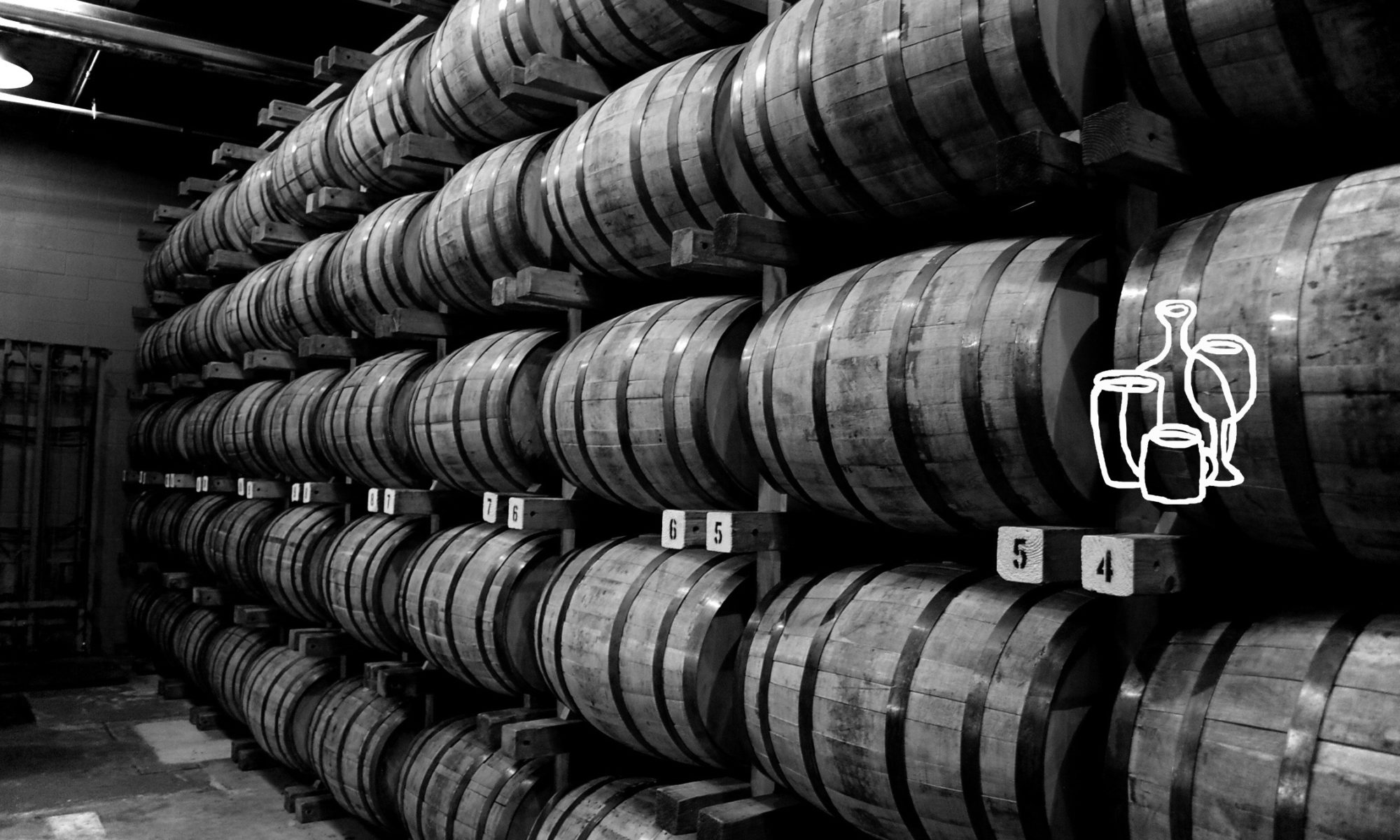
This post starts with the shaky premise that you, dear reader, are familiar with both Madeira (as in the wonderful old fortified wines produced in the Madeira Islands) and Madea (as in the crazy old African-American woman played by Tyler Perry in many a movie). There are more similarities than just the name – both can be outwardly sweet with an acidic backbone, both are known for getting better with age, both are… OK, who am I kidding? You’d have to pay me to watch a Madea movie, a lot, or at least ply me with a bottle or two of vintage Madeira.

My first real introduction to vintage Madeira came earlier this year at the Atlanta Food and Wine Festival, thanks to a tasting conducted by Mannie Berk of The Rare Wine Co., a leading player in keeping the flame of Madeira going. This particular tasting included some fabulous Madeira from 1968, 1922, 1912, 1875 – yes, you read that right. They were phenomenal, and got me hooked into learning more about this uncommon wine. I bought THE book on the subject (again, Mr. Berk is doing the good work, this history itself is fascinating), and set out to buy a few bottles that would help me continue to learn about (and enjoy) the various types of Madeira. A great way to get to know a bit about Madeira is the “Historic Series” from The Rare Wine Co. – non-vintage bottlings that “reflect the style and complexity of the great vintage wines” and also are named after the US ports that favored specific styles in the 1800’s. Madeira was very popular pre-Prohibition, especially in port cities with a direct trade link to Europe and the ships that stopped in Madeira to pick up casks of wine. Us Southerners get the Charleston Sercial and the Savannah Verdelho – Sercial and Verdelho are different varietals, both on the drier end of the Madeira spectrum. Northerners have the Boston Bual (on the sweeter side) and New York Malmsey (the sweet end of the spectrum). The theory goes that the cold nights of the North favored sweeter Madeira, while the heat of the Low Country called for a drier wine.
Just this week, a bunch of bottles arrived on my doorstep, and I can not wait to give these a taste. I chose a range of ages, and a range of grape varietals, to try to get a good perspective on Madeira in all its glories. Besides being a fabulously complex wine, a great wine to pair with food, and simply utterly intriguing, Madeira offers the added benefit of long life. Once you open a bottle, it will basically maintain its quality forever (at least, that is what I’ve read). So opening a special bottle can provide many opportunities for enjoyment over time. I’m looking forward to testing that theory out. More to come, I need to get back to my TV to watch some Tyler Perry…




Well done! Of course, I’ve yet to channel a “Madea” reference, so I’m glad someone didn’t. Thanks for breaking down the sacred cows.
From what I’ve seen from copious On-Demand previews for “Madea’s Family Reunion”, there appears to be nothing in common with Madea and Madeira…
Interesting stuff – I’ve run across references to Madeira wine a lot in older texts and liquor advertisements but never really looked into what the product actually entailed. I’d like to try one, but will have to work up the fortitude to chalk over $50 for a bottle.
It is pricey stuff, unfortunately. I’ve been lucky enough to spot it by the glass on the wine menus of a few restaurants out of town recently – Husk in Charleston has several of the Historic Series if I remember correctly, and a great place called Fore St. in Portland, Maine, had a 1969 madeira by the glass when I was there not long ago. Sounds like the kind of thing Empire State South might do, as it’s great for restaurants to have by the glass since it doesn’t go bad once opened.